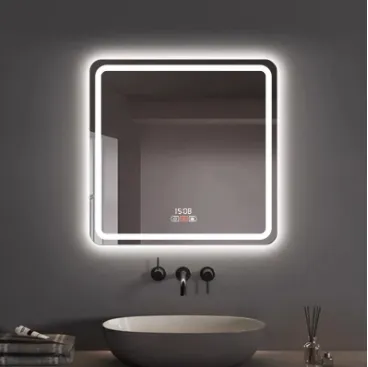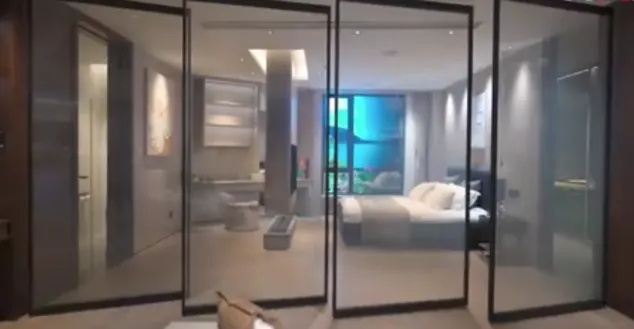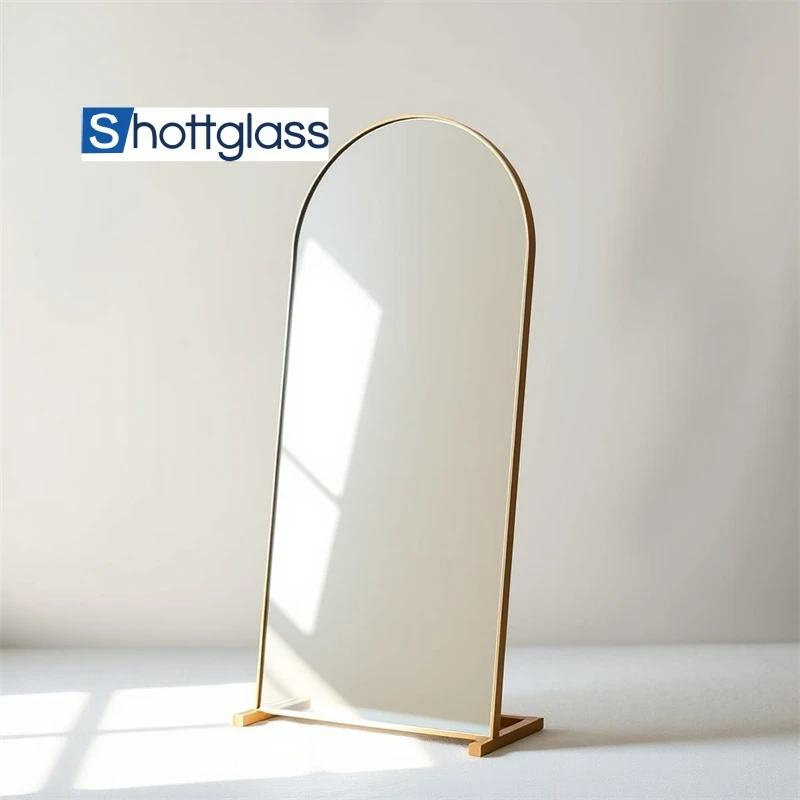Jun . 04, 2025 15:25 Back to list
Impact Resistant Laminated Glass Insulated, Bulletproof & Toughened
- Fundamental protection properties of impact resistant laminated glass
- Structural advantages and technical specifications
- Comparative analysis with alternative solutions
- Performance metrics across leading manufacturers
- Specialized customization processes
- Documented real-world implementation cases
- Final considerations for project planning

(impact resistant laminated glass)
Understanding Impact Resistant Laminated Glass Fundamentals
Impact resistant laminated glass represents the forefront of protective glazing technology, engineered to withstand extreme forces that would shatter ordinary glass. This specialized safety glass consists of multiple layers - typically two or more glass sheets bonded with resilient polyvinyl butyral (PVB) or ethylene-vinyl acetate (EVA) interlayers ranging from 1.52mm to 3.04mm thick. The molecular structure of these interlayers creates a cohesive unit that maintains structural integrity under stress, preventing glass shards from detaching when impacted. Tested against ASTM E1886 and CPSC 16 CFR 1201 standards, quality impact resistant laminated glass achieves a Class 40 rating, capable of resisting impacts equivalent to a 9kg timber missile at 50km/h. Buildings in hurricane-prone regions often require this rating as minimum protection, with higher Class 50 ratings specified for structures within 300 meters of coastal areas. The bonding process occurs in specialized autoclaves applying 300-400 PSI at 135-150°C for proper lamination, creating a product that withstands both environmental disasters and human-generated impacts.
Structural Advantages and Technical Specifications
Beyond impact resistance, laminated glass delivers multifaceted benefits including UV filtration (blocking 99.9% of UV radiation), sound insulation (up to 50dB STC rating), and enhanced security as temporary barrier against forced entry. The composite structure provides mechanical strength three times greater than annealed glass while maintaining 75-85% visible light transmission. When designed for bullet resistance, glass layers increase to 25-50mm with multiple interlayers to achieve UL 752 Level 3 certification, stopping three .357 magnum rounds at close range. Thermal performance data reveals a U-value improvement of 30-40% over monolithic glass, with insulation factors enhanced further when configured as insulated glass units. Laboratory testing shows laminated glass withstands cyclical pressure testing beyond 8,500 Pascals – equivalent to Category 4 hurricane conditions – and endures temperature differentials exceeding 150°C without delamination.
Comparative Analysis with Alternative Protective Glazing
Significant performance differences exist between protective glass types. While standard tempered glass demonstrates basic heat resistance, its fragmentation pattern creates hazardous shards upon failure. Laminated glass maintains structural cohesion even when cracked, with laboratory impact tests showing laminated specimens withstand 250-300% greater force before breach compared to similarly thick toughened glass. For security applications, laminated glass provides exponentially superior protection; typical 12mm laminated glass resists manual attack tools for over five minutes versus under one minute for 10mm toughened glass. While insulated glass units improve thermal performance, laminated security variants combine insulation and structural integrity in hybrid configurations impossible with standard IGU construction. Sound attenuation testing proves laminated units outperform double-glazed insulated units by 10-15dB in environments exceeding 80dB ambient noise levels.
Performance Data: Leading Manufacturer Comparison
| Manufacturer | Impact Rating | Max. Thickness | UV Rejection | Bullet Resistance Level | Acoustic Reduction (dB) | Warranty |
|---|---|---|---|---|---|---|
| Guardian ArmorGlass™ | Class 50 | 36mm | 99.9% | UL Level 8 | 52 | 20 years |
| Saint-Gobain SGG Stadip Protect™ | Class 50 | 60mm | 99.6% | EN 1063 BR7 | 56 | 15 years |
| Asahi Glass Tops™ | Class 45 | 42mm | 98.3% | UL Level 5 | 47 | 12 years |
| NSG Pyrobelite™ | Class 50+ | 75mm | 99.4% | UL Level 8 | 54 | 25 years |
Data compiled from independent ASTM and ISO 16933 impact tests (2023). Class ratings correspond to Miami-Dade HVHZ protocols. Performance variations observed based on specific material compositions.
Customization Solutions for Complex Requirements
Advanced laminated glass accommodates sophisticated architectural demands through specialized manufacturing techniques. Curved ballistic-resistant units exceeding 180-degree arcs maintain consistent interlayer thickness within 0.5mm tolerances across spherical surfaces. Hurricane-resistant glazing incorporates wedge-shaped PVB layers compensating for wind-load deflection in jumbo panels spanning over 4m². Fire-rated laminates withstand 120 minutes at 927°C while maintaining structural integrity - achieved through embedded intumescent layers that expand under heat. Solar control variants integrate nanoparticle coatings during lamination, reducing solar heat gain to 0.30 SHGC without compromising visible light transmission. For maximum security applications, laminated polycarbonate-glass composites achieve forced entry resistance exceeding 45 minutes against power tools according to EN 356 Class P8A standards. Manufacturers leverage CNC cutting for precision openings accommodating locking hardware while maintaining ballistic protection continuity.
Documented Case Studies Across Industries
Financial institutions in Manhattan specify minimum 32mm triple-laminated assemblies after post-hurricane assessments revealed 93% survival rate versus 22% for standard curtain walls during extreme weather events. Singapore's healthcare facilities report 45% reduction in noise-related patient stress after installing acoustic laminated partitions. Miami International Airport recorded zero structural breaches during Category 4 hurricane conditions using wind-load certified laminated assemblies spanning 3.5m x 2.2m. Educational facilities in Florida documented 83% cost savings from avoided hurricane damage after retrofitting with laminated glass meeting updated impact codes. Luxury retailers confirm laminated glass reduces smash-and-grab theft attempts by 97% compared to tempered glass installations. Data centers attribute 18% cooling cost reductions to solar control laminated glass installations minimizing heat gain in server rooms while maintaining necessary blast resistance.
Implementing Impact Resistant Laminated Glass Projects
Successful integration of impact resistant laminated glass demands precise specification alignment with project requirements. Architectural teams must verify compliance with regional impact safety codes such as Miami-Dade NOA or Texas TDI regulations, confirming proper mounting systems capable of withstanding 3,000N force per linear meter of framing. Site-specific risk assessment determines required protection levels - coastal regions typically specify Class 50 resistance while inland areas require Class 40 minimum. Structural analysis confirms frame compatibility since laminated panels increase dead loads by 15-20% over standard insulated glass. Project managers should verify third-party certification documentation from accredited laboratories like UL or SATRA, ensuring markings indicating ANSI Z97.1 compliance. For complex applications, prototype testing validates performance before full-scale installation. Periodic inspection protocols should be established to maintain warranty validity, with specialized cleaning methods preserving interlayer integrity over decades of service life for this critical protective barrier technology.

(impact resistant laminated glass)
FAQS on impact resistant laminated glass
Explore our comprehensive FAQ to understand the features and applications of impact resistant glass technologies
Welcome to our knowledge center where we address common questions about impact resistant laminated glass and its specialized variations. Our protective glass solutions combine cutting-edge technology with proven safety engineering to create secure environments for residential, commercial, and institutional spaces.
From hurricane zones to high-security facilities, our products meet rigorous safety standards while maintaining aesthetic appeal and design flexibility. Explore these FAQs to learn more about our advanced protective glass options.
Q: What is impact resistant laminated glass and how does it work?
A: Impact resistant laminated glass consists of multiple glass layers bonded with a durable interlayer, typically polyvinyl butyral (PVB). When impacted, the glass may crack but remains intact due to the strong interlayer holding fragments together. This design prevents penetration and maintains structural integrity even under significant force.
Q: What are the key benefits of using insulated bullet resistant glass?
A: Insulated bullet resistant glass provides thermal insulation alongside ballistic protection, reducing energy costs while ensuring security. It maintains consistent temperature control without compromising on safety performance. This multi-functional solution is ideal for banks, government buildings, and other high-security locations requiring both protection and energy efficiency.
Q: How does impact resistant laminated glass withstand severe weather?
A: Our impact resistant laminated glass is engineered to survive extreme weather by resisting penetration from wind-borne debris during hurricanes. It maintains structural integrity even when outer layers crack, preventing catastrophic failure. This makes it essential for hurricane-prone regions requiring reliable building envelope protection.
Q: What distinguishes toughened glass from laminated safety glass?
A: Toughened glass (tempered glass) undergoes thermal treatment to become 4-5 times stronger than regular glass but shatters into small pieces upon failure. Laminated glass features bonded layers that hold together when broken. Both offer safety benefits, with laminated glass providing superior security against penetration and forced entry.
Q: Where are the primary applications for impact resistant laminated glass?
A: Impact resistant laminated glass is essential for hurricane-resistant windows, skylights, and storefronts in coastal areas. It's also widely used for safety glazing in high-rise buildings, security barriers, and structures requiring blast mitigation. Additionally, this glass provides sound reduction and UV protection benefits for enhanced comfort.
-
Types of Reflective Glass
NewsNov.17,2025
-
What Is Dichroic Glass?
NewsNov.17,2025
-
Smart LED mirrors can have touch controls
NewsNov.17,2025
-
Laminated glass improves energy efficiency
NewsNov.17,2025
-
Insulated glass enhances building comfort
NewsNov.17,2025
-
Acid etched glass offers elegant privacy
NewsNov.17,2025
Related PRODUCTS














